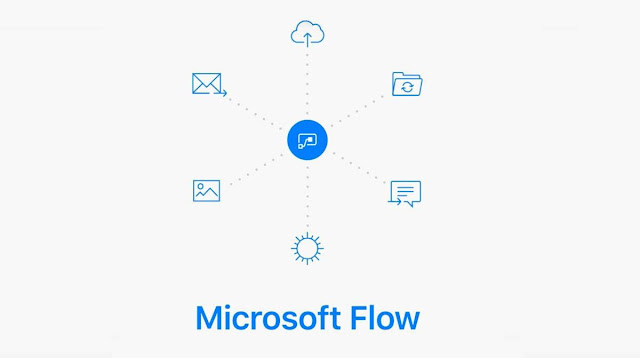Enable/Disable SharePoint OOTB SPAlerts using PowerShell

SPAlerts aka User Alerts is one of nice feature that SharePoint provides OOTB, This feature get automatically enabled once we configure SMTP Outbound mail address in Central Admin. Basically it has 3 types of Alerts Frequency: Immediate Daily Weekly Each runs on it own respective TimerJob in CA.User can set alerts for both List/Library level or item level for any existing and newly created SPList/Lib objects. However, There is no UI option available in SharePoint to enable/disable this feature per User/List/Library level; Without deleting it. But some time our requirements are never been interesting that we need to disable alerts for Specific User or All the users from specific List/Library $oWeb = Get-SPWeb "https://site.domain.com/sites/web" $oList = $oWeb .Lists.TryGetList( "Communication" ) # Get all alert # $alerts = $oWeb.Alerts | ? { ($_.List.Title -eq $oList.Title) } # Get alerts of specific frequency $alerts = $oWeb .Aler





